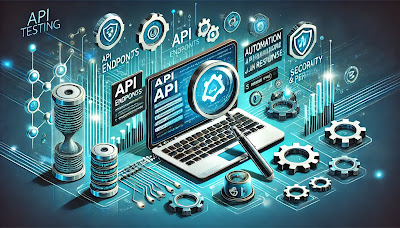Cybersecurity, Cyber Resilience, and Security testing

This guide covers essential concepts in Cybersecurity, Cyber resilience, and Security testing. Introduction to Cybersecurity, Cyber resilience, and Security testing Cybersecurity is the application of technologies, processes, and controls to protect systems, networks, programs, devices, and data from cyberattacks. It aims to reduce the risk of cyberattacks and prevent the unauthorized exploitation of systems and data. Cyber resilience is an organization's ability to prepare for, respond to, and recover from cyber threats, enabling adaptation to known and unknown crises. The goal is to help the organization thrive when facing adverse conditions. Security testing involves various methodologies and tools designed to identify vulnerabilities and weaknesses in systems and applications. It helps ensure that security measures are effective and that the organization complies with relevant security standards. Understa...
